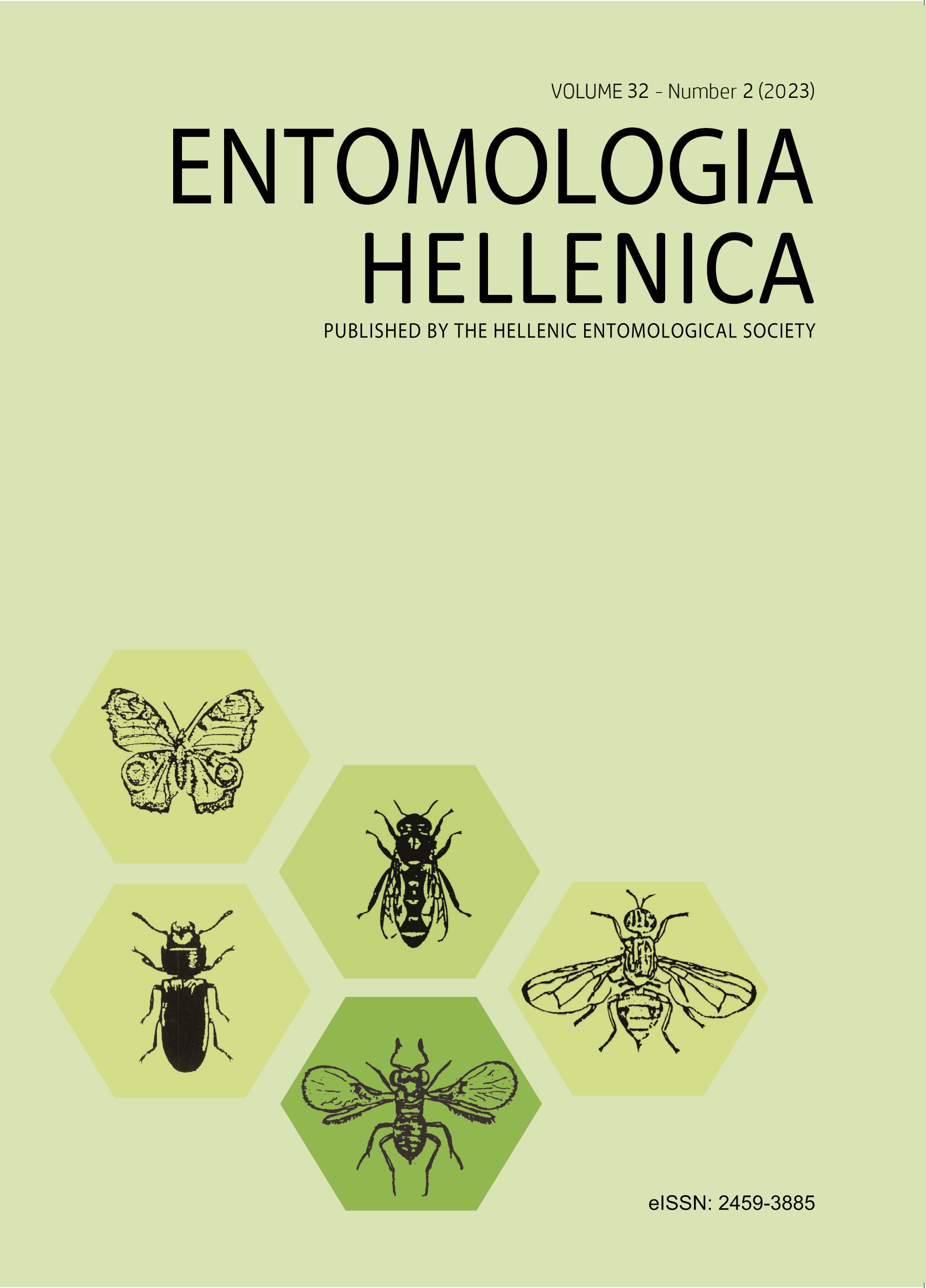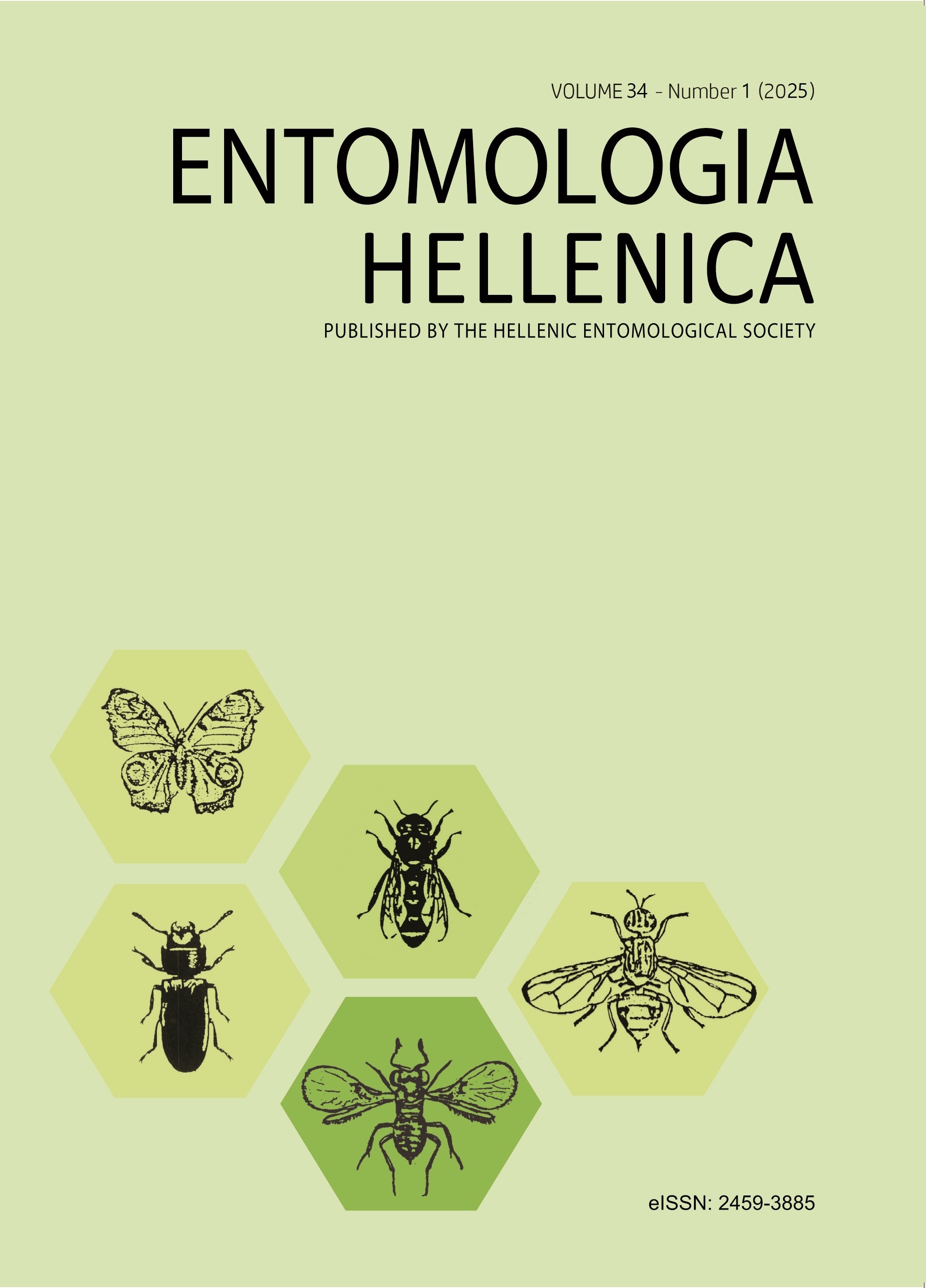Anti-obesity, Anti-diabetic and Anti-inflammatory activities of Camponotus compressus extract; in vitro and in silico studies

Abstract
Background: In recent years, there has been a growing interest in the potential health benefits of insects, mainly ants, due to the, in them, presence of potential bioactive substances that can play a major role in therapeutic research. In the present study, the therapeutic potential of Camponotus compressus extract was studied, focusing on its bioactive compounds and their diverse applications.
Methods: The anti-obesity, anti-diabetic, and anti-inflammatory activity of the C. compressus extract was assessed through various assays, i.e., its anti-obesity potential was determined by the pancreatic lipase inhibition assay, the anti-diabetic activity was analyzed using an α-amylase inhibition assay, whereas the anti-inflammatory activity was studied using a heat induced hemolysis and albumin denaturation inhibition assay. The extract’s mode of action was explored through in-silico studies, whereas ADMET properties were also evaluated.
Results: In line with previous findings, the GC-MS analysis revealed 32 bioactive compounds, including some major constituents, such as the 2,3-dihydroxypropyl elaidate and lycoxanthin. The extract exhibited concentration-dependent anti-obesity effects and α-amylase inhibition, suggesting anti-diabetic potential. The anti-inflammatory properties of the extract were confirmed through heat-induced hemolysis and albumin denaturation inhibition assays. The in-silico studies revealed strong binding affinities with target proteins, whereas ADMET analysis supported drug-likeness.
Conclusion: Based on our results, the C. compressus extract holds therapeutic promise that could potentially be useful against obesity, diabetes, and inflammation. The study provides insights into its mode of action, supporting its potential as a novel drug candidate.
Article Details
- How to Cite
-
Ramakrishnan, Y., & K, K. (2023). Anti-obesity, Anti-diabetic and Anti-inflammatory activities of Camponotus compressus extract; in vitro and in silico studies. ENTOMOLOGIA HELLENICA, 32(2), 20–34. https://doi.org/10.12681/eh.34693
- Section
- Articles

This work is licensed under a Creative Commons Attribution-NonCommercial-ShareAlike 4.0 International License.
Authors who publish with this journal agree to the following terms:
Authors retain copyright and grant the journal right of first publication with the work simultaneously licensed under a Creative Commons 4.0 license.
Authors are able to enter into separate, additional contractual arrangements for the non-exclusive distribution of the journal's published version of the work (e.g. post it to an institutional repository or publish it in a book), with an acknowledgement of its initial publication in this journal. Authors are permitted and encouraged to post their work online (preferably in institutional repositories or on their website) prior to and during the submission process, as it can lead to productive exchanges, as well as earlier and greater citation of published work.



